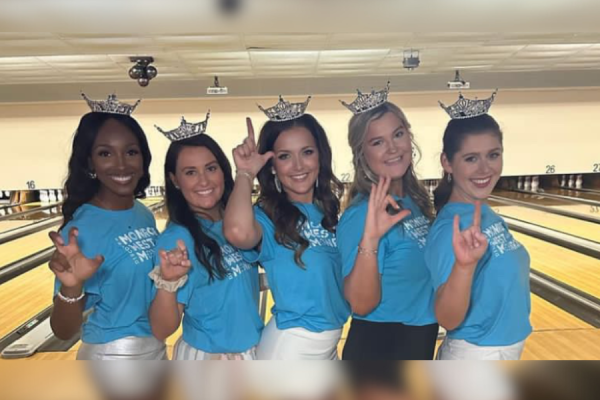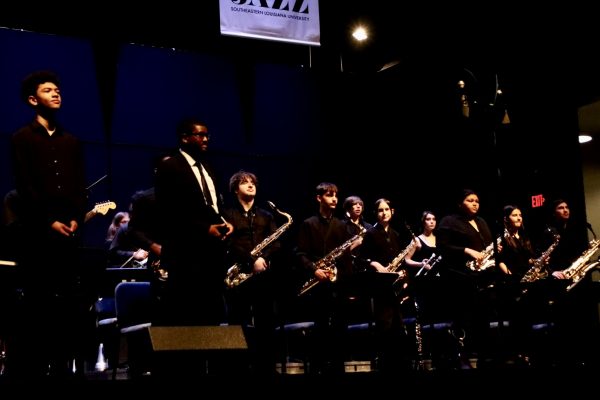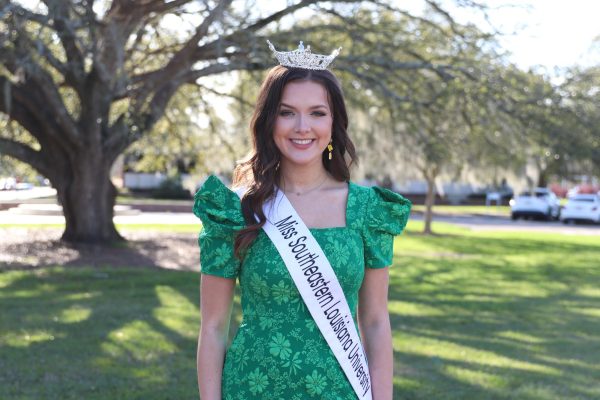Hispanic Heritage Month shows campus diversity
Courtesy of Kathery Esqueda
The Spanish Club talks to students about cultural knowledge with their booth at the Day in the Park event that took place on Sept. 30. Top left to right: Zachary McCray, Bryant Paul Fontenot, Ruben Pereyra, Juan Castro, Sharon Ortiz, Teresa Huerta, Emily Petit. Bottom left To right: Kathery Esqueda, Zaira Martinez and Vanessa Hernandez.
Hispanic Heritage Month is celebrated from Sept. 15 to Oct. 15 each year. It was first acknowledged in the U.S. by Lyndon B. Johnson in 1968 as “Hispanic Heritage Week,” and it was expanded by Ronald Reagan in 1988. Ever since, it has been used as a way to appreciate Hispanic people and their culture on campus and around the world.
Jerry Parker, French and Spanish instructor and director of the Foreign Language Resource Center, is a person who became highly interested in learning the Spanish language.
“I started my journey with Spanish as a sophomore in high school, just as many other Louisiana natives did because it was required for TOPS. When I came to Southeastern as an undergraduate, I met so many wonderful professors and classmates who helped me grow my language skills in unexpected ways. Then, when I got to graduate school, when I learned there were Afro-Hispanics, I knew I made the right choice,” Parker said.
Due to Hurricane Ida, the Department of World Languages and Cultures had to adjust their calendar, and the Spanish Club was unable to do an event this year besides Day in the Park on Sept. 30. However, Spanish Club Vice President Kathery Esqueda, business administration and international management double major, has found other ways to celebrate.
“I’ve been going out to local Hispanic restaurants with friends. Some of my favorite dishes to get are tacos, pozole, barbacoa and Ximbo. I’ve also been playing traditional board games and watching movies and TV shows related to our culture,” she said.
Still, there are other events outside of Hispanic Heritage Month that celebrate Hispanic culture as well.
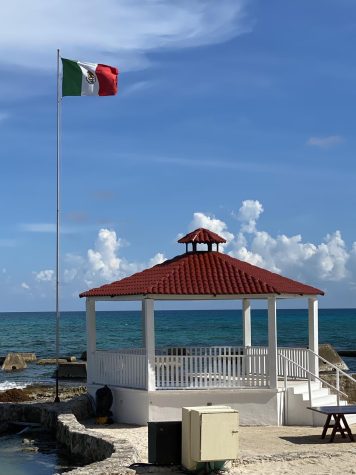
Esqueda said, “I’ve lived ten years in Mexico. I can say the best times of the year are Day of the Dead on Nov. 1 and Las Posadas on Dec. 16-24.”
Day of the Dead, which is just around the corner, is a joyful celebration in remembrance of those who have passed away. Las Posadas is a nine-day devotional prayer during the Christmas season that is meant to represent the pregnancy of Mary, the mother of Jesus.
Esqueda elaborated on her favorite music, art and poetry in the Hispanic culture.
“Mexican folk songs are my favorite, especially Jose Jose. I love the way Jose Clemente Orozco paints as a muralist and Frida Kahlo’s writing as a poet,” she said.
The Hispanic culture is in many countries. Parker talked about places he wants to visit.
“When I get a chance I want to visit Puerto Rico, Cuba and the Dominican Republic. I always tell my students that Lydia Cabrera, a Cuban folklorist, is my muse and best friend,” he said.
Parker spoke on why it is important for Hispanic people to have representation on campus.
He shared, “I have encountered a number of students who identify as Hispanic who felt a sense of belonging when they found out we had a Spanish major and that there were other individuals from the same ethnic/racial background as them. Although a minority on campus, they deserve to be represented in all ways possible just as we make efforts towards other groups. That’s what true inclusion and diversity is.”
Your donation will support The Lion's Roar student journalists at Southeastern Louisiana University.
In addition, your contribution will allow us to cover our annual website hosting costs.
No gift is too small.
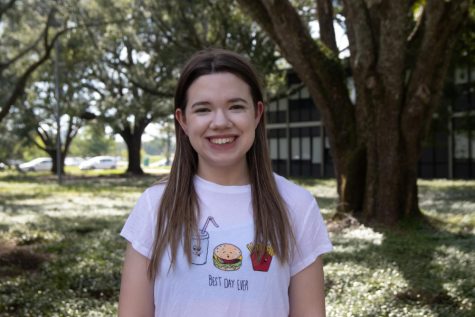
Rachel is a Strategic Communications Major from Baton Rouge, LA. After starting the Lion's Roar in April 2021, she has aimed for success in her social...



